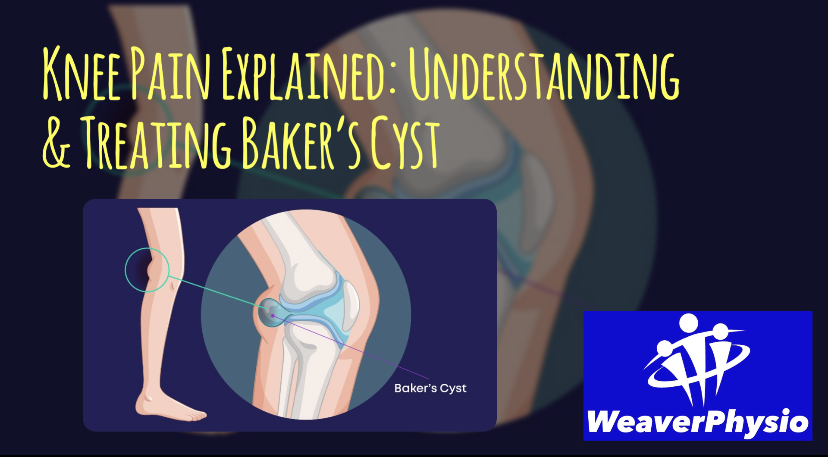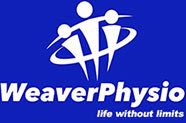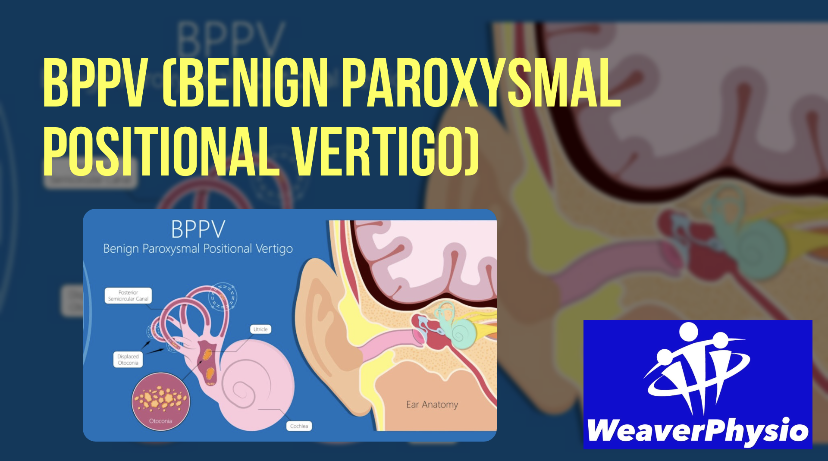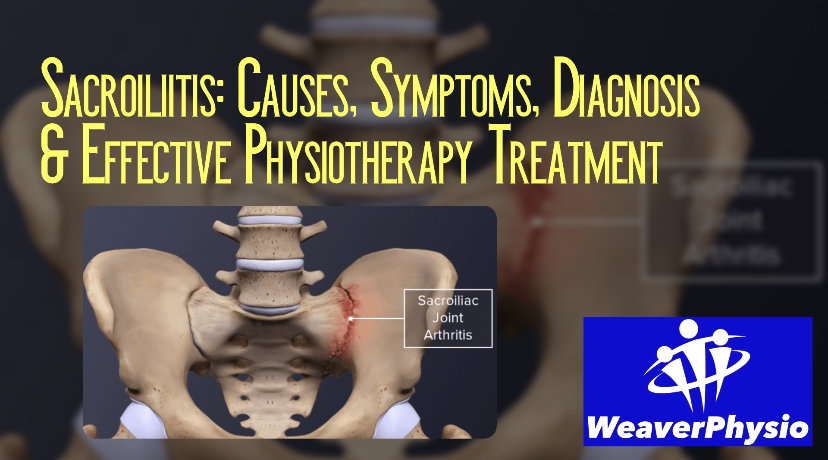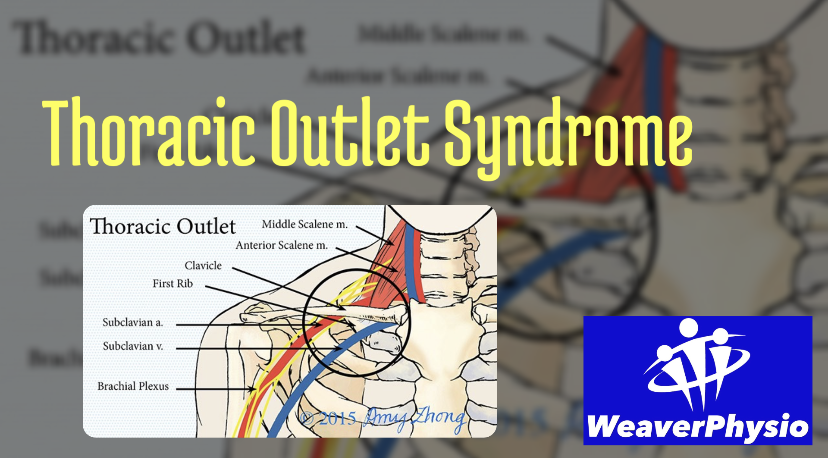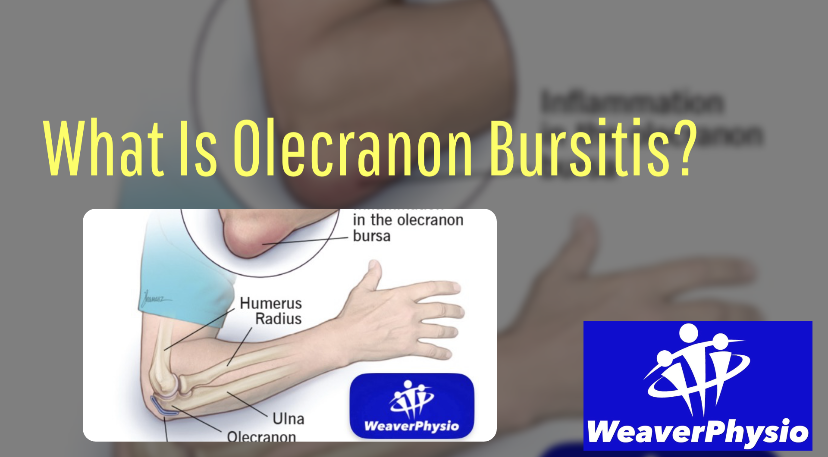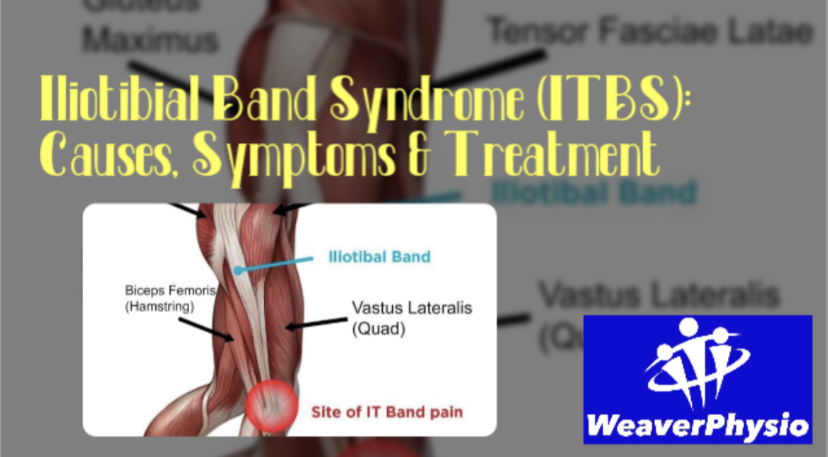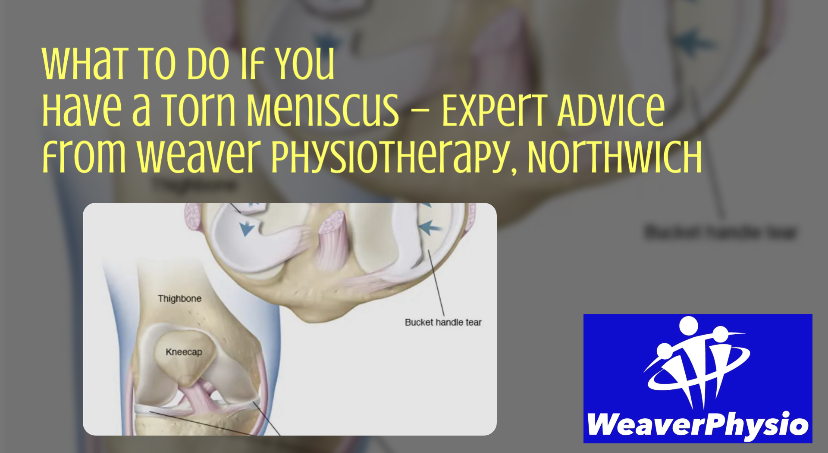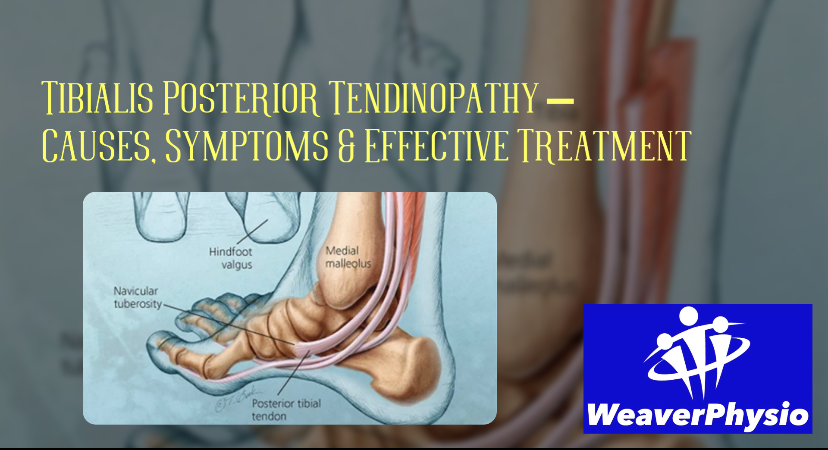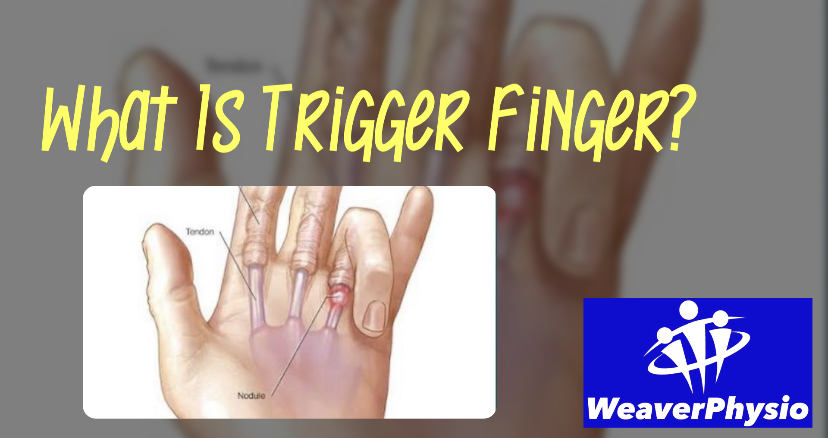Orthotics: Miracle fix or overrated aid?
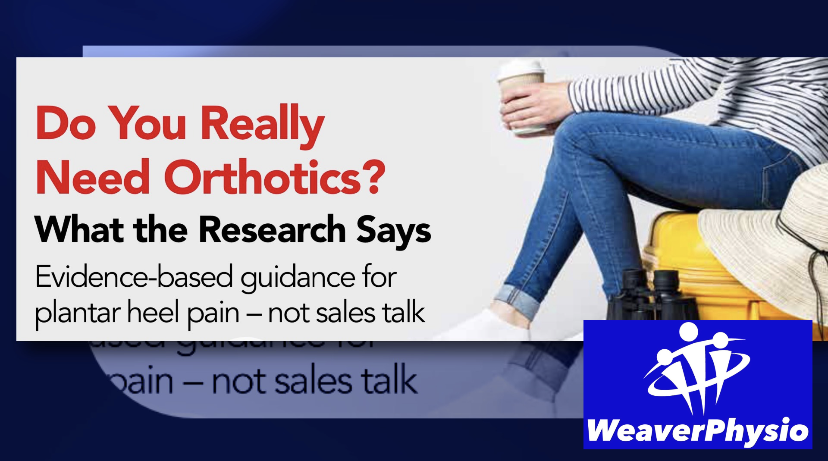
If you’re dealing with heel pain, one of the first suggestions is often: “Get some insoles.” But do orthotics really work—and are they right for you?
At Weaver Physio, we break down the latest clinical research on orthotics for plantar heel pain (often called plantar fasciitis). You’ll learn when they help, who benefits most, and how they fit into a complete recovery plan.
1. WHAT ORTHOTICS CAN DO – ACCORDING TO THE EVIDENCE
✓ Reduce pressure on the plantar fascia
Orthotics can help offload stress through the arch—especially helpful for people with flat feet or excessive inward foot roll (pronation).
2. WHAT ORTHOTICS DON’T DO
✗ They’re not a standalone fix
Orthotics help reduce stress, but they don’t resolve tight calves, weak foot muscles, or poor walking patterns. Without rehab exercises and load management, your pain can return when you stop using them.
✗ They’re not effective for everyone
Research shows mixed results—some patients improve, while others feel no difference. Your foot type, daily activity, and footwear compatibility all play a role.
✗ Custom doesn’t always mean better
A major 2008 study found no significant difference between custom orthotics and over-the-counter ones in relieving heel pain.
3. SHOULD YOU TRY ORTHOTICS? A QUICK CHECKLIST:
You may benefit from orthotics if you:
• Have flat feet or very high arches
• Work long hours on hard flooring
• Experience worsening pain in unsupportive shoes
• Are in an early, painful flare-up and need short-term relief
But don’t stop there.
Orthotics should be part of a broader plan—including mobility exercises, foot strengthening, proper footwear, and a phased return to full activity.
“Insoles helped me cope with pain, but what fixed it were the rehab exercises my physio gave me.” – Patient feedback at Weaver Physio
4. TYPES OF ORTHOTICS – WHICH SHOULD YOU CHOOSE?
• Over-the-counter insoles – A great first step: affordable, accessible, and often effective
• Semi-custom / heat-mouldable – Offers a more tailored fit and moderate support
• Custom orthotics – Consider these if your pain is severe, foot shape is unusual, or other options haven’t worked
• Pair them with the right shoes – Even the best orthotics won’t work in poor footwear
Bottom Line:
✓ Orthotics can reduce pain, improve comfort, and support healing—but they’re not a cure-all.
The best results come when orthotics are used alongside:
• Daily stretching (especially calves and plantar fascia)
• Strength training for feet and lower legs
• Gradual return to walking or sport
• Guidance from a skilled physiotherapist
WANT TO KNOW IF ORTHOTICS ARE RIGHT FOR YOU?
At Weaver Physiotherapy & Sports Injury Clinic in Northwich, our experienced team will assess your foot mechanics and help you decide on the right orthotic option—tailored to your needs, not someone else’s.
A 2021 review found both custom and prefabricated orthotics reduce heel pain—especially in the first 3 months—when used with physiotherapy.
✅ Short-term pain relief
Orthotics are especially useful during flare-ups or early-stage pain.
✅ Improved comfort for daily standing or walking
Even budget-friendly insoles can ease pressure and reduce end-of-day foot pain.
#Orthotics #HeelPain #PlantarFasciitis #FootPainRelief #Insoles #FlatFeet #FootHealth #WeaverPhysio #NorthwichPhysio #Physiotherapy #PainRelief #CheshirePhysio #ArchSupport #RunningPain #HealthyFeet
